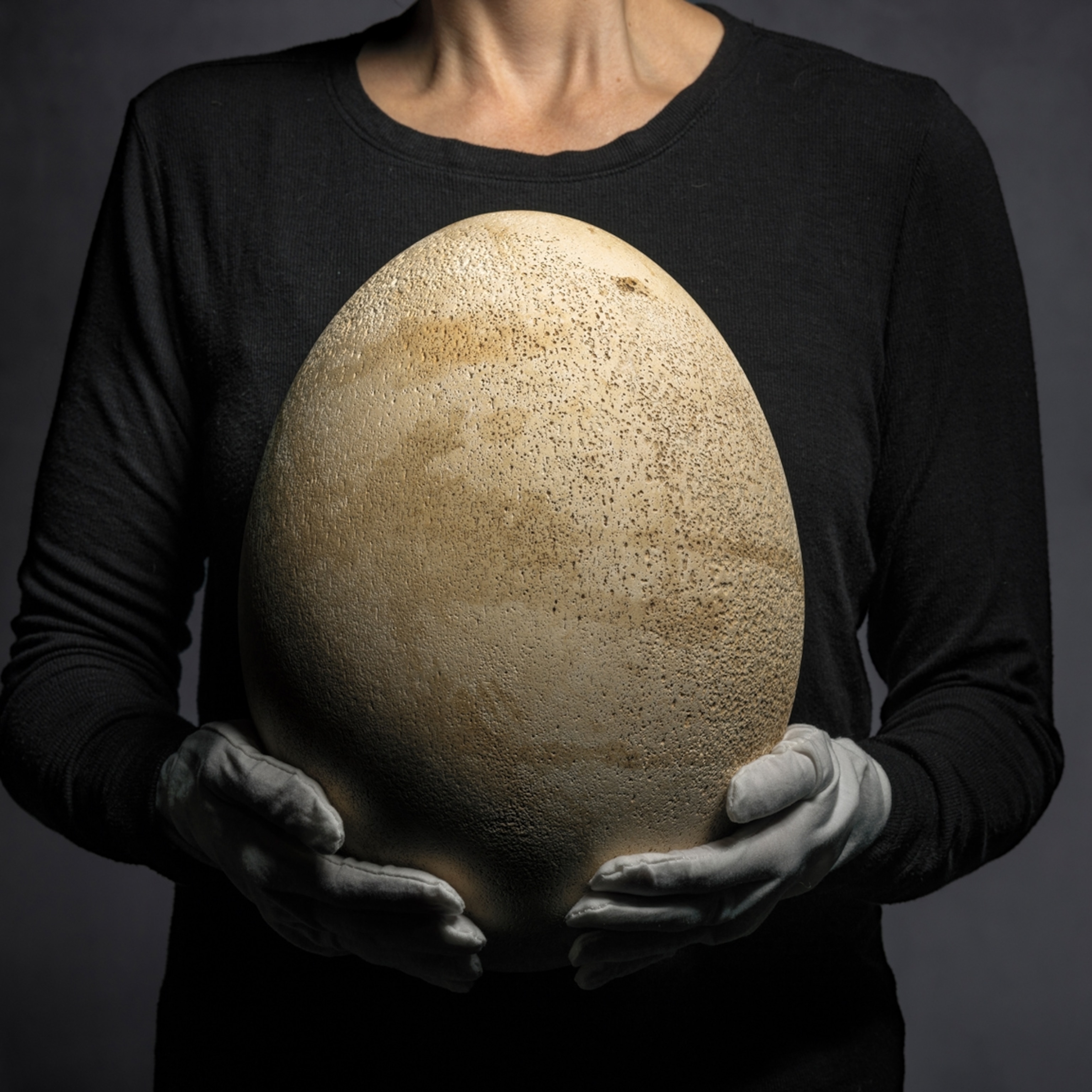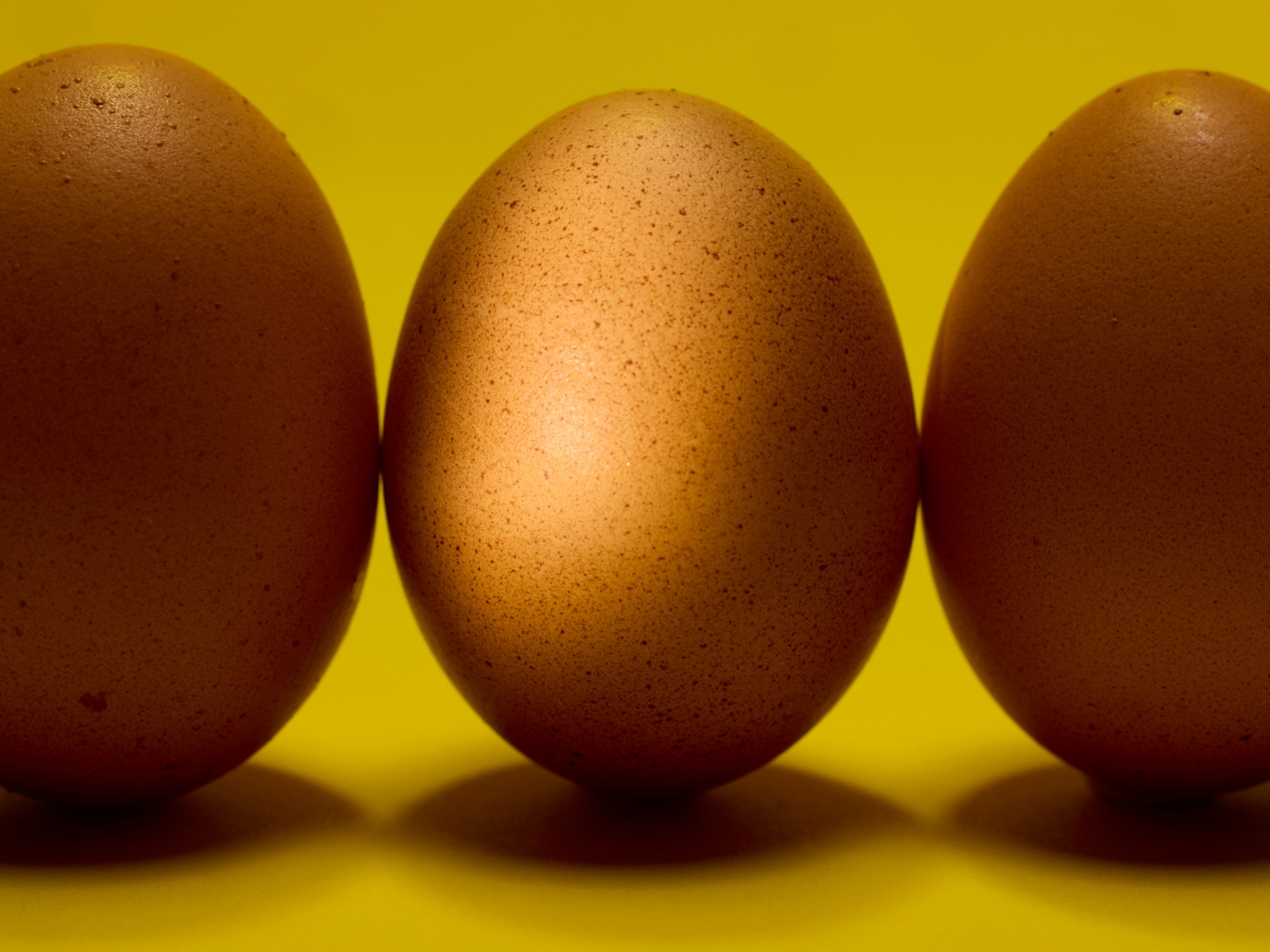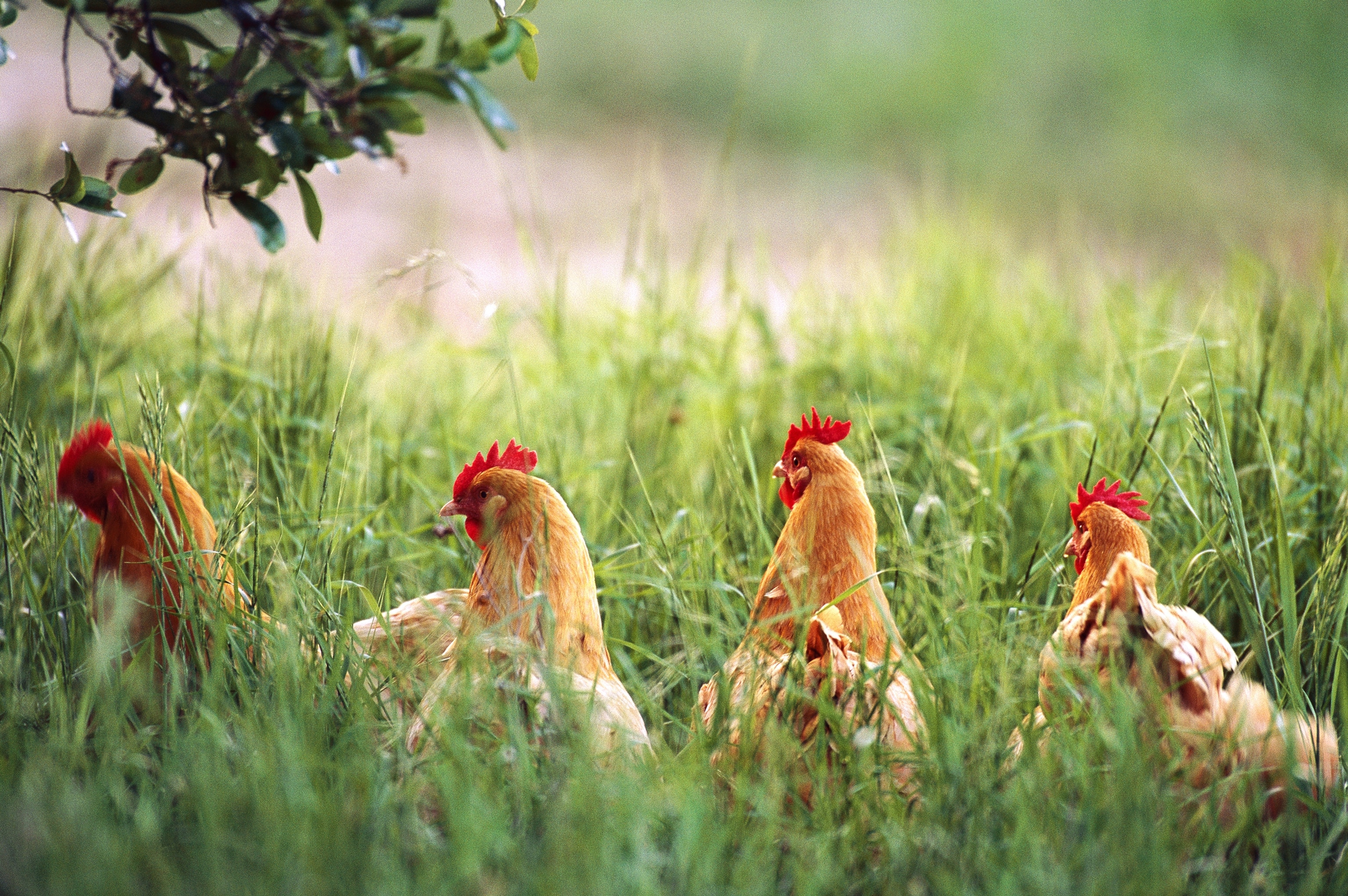
Animal Welfare Rule Exposes Cracks in Organic Egg Industry
When you go to grocery store and shell out a little extra cash for food with the Department of Agriculture’s green-and-white ‘organic’ logo on it, you’re paying a premium in exchange for a promise.
The label guarantees, for the most part, that what you’re buying was grown or raised without synthetic pesticides or was fed organically-grown grain. But, despite what many people think, the organic label doesn’t promise that livestock was treated humanely. In fact, the current organic standards say very little about how to raise animals, and what they do say is so vague, critics contend, that they’re exploited by producers who want to cash in on the organic label.
That is about to change, especially for the egg industry.
The agriculture department recently released new standards that detail how livestock producers will have to raise animals, especially poultry, a move meant to bring the organic label in line with what most consumers think they’re getting. The standards, if adopted, will mean that animals have enough space to lie down, stretch and turn around, and will ban de-beaking of poultry or docking the tails of cattle or sheep. Producers will have to take steps to minimize pain for surgical alterations and for safely transporting animals to slaughter. And, perhaps most importantly for the average consumer, the standards will explicitly say that “outdoor access” for poultry actually means that birds should be able to go outside.
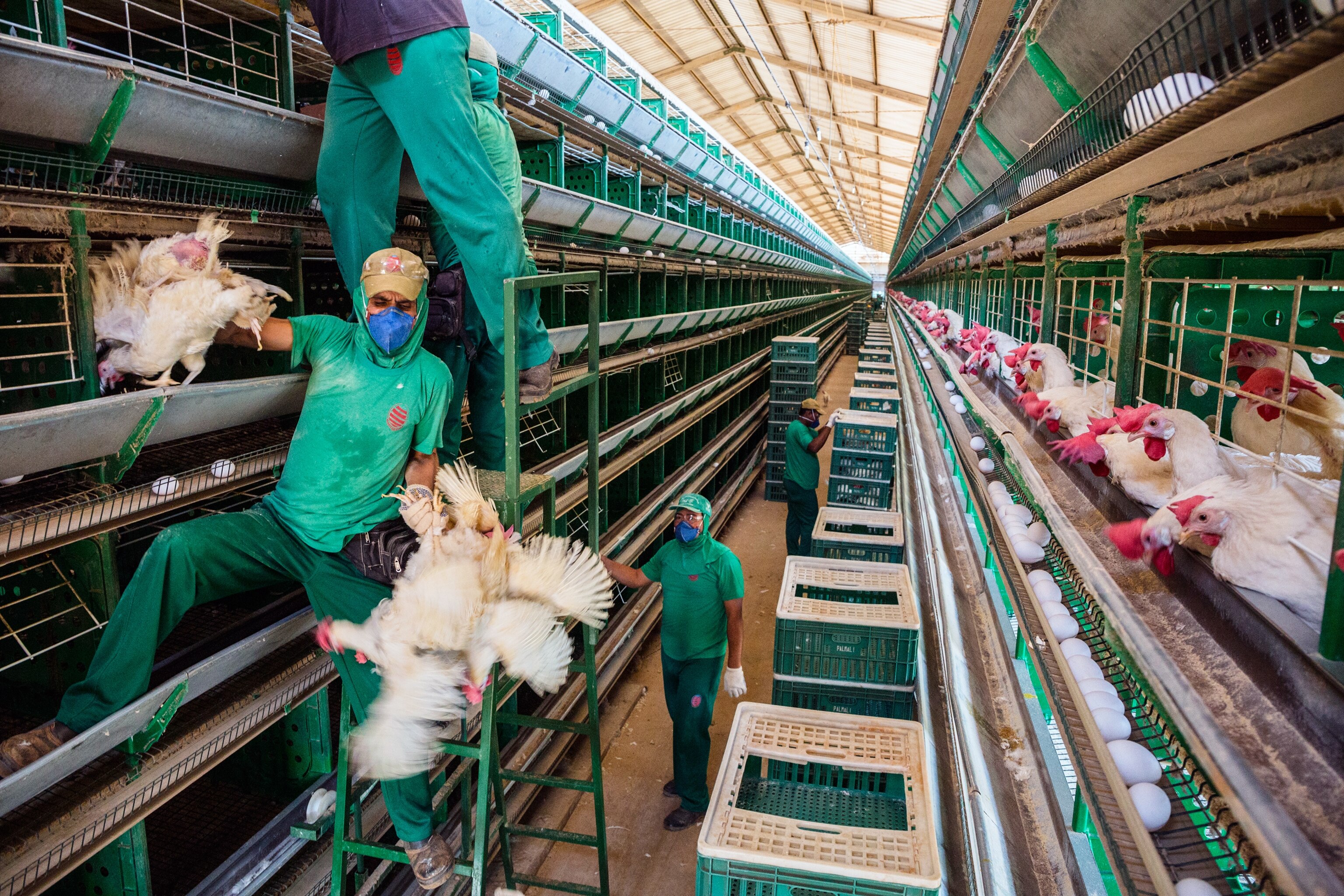
“For a long time, we’ve recognized that the definitions and requirements for animal welfare within the regulations have not been clear,” says Nate Lewis of the Organic Trade Association, which represents the ballooning number of organic producers. “There’s definitely a need for clarity because we want ‘organic’ to remain the gold standard, and that includes animal welfare.”
The changes, though, didn’t—and won’t—come without years of debate among government regulators and players in the booming $75 billion global organic market.
Of the roughly 12 million organic laying hens in the country, only about six million actually go outside. That may all change now.
The new standards will apply to all organic livestock, but the most sweeping changes would impact the organic egg industry, which has battled for years over a particular piece of the organic regulations—whether laying hens should be able to go outdoors, and what, exactly, that means.
Under the current rules, hens must be able to go outside. But for different producers, that has meant different things. Some only let their birds go out onto covered porches or on concrete patches with roofs above them, practices that critics say stick with the letter of the law, but violate the spirit.
“After the big guys got into organic production using porches, more and more of the organic egg market was coming from birds that never went outside,” says Dena Jones, who directs the farm animal program at the Animal Welfare Institute. “If you ask any organic consumer, nobody would think of a porch as being outdoor access. It just wasn’t what the consumer expects.”
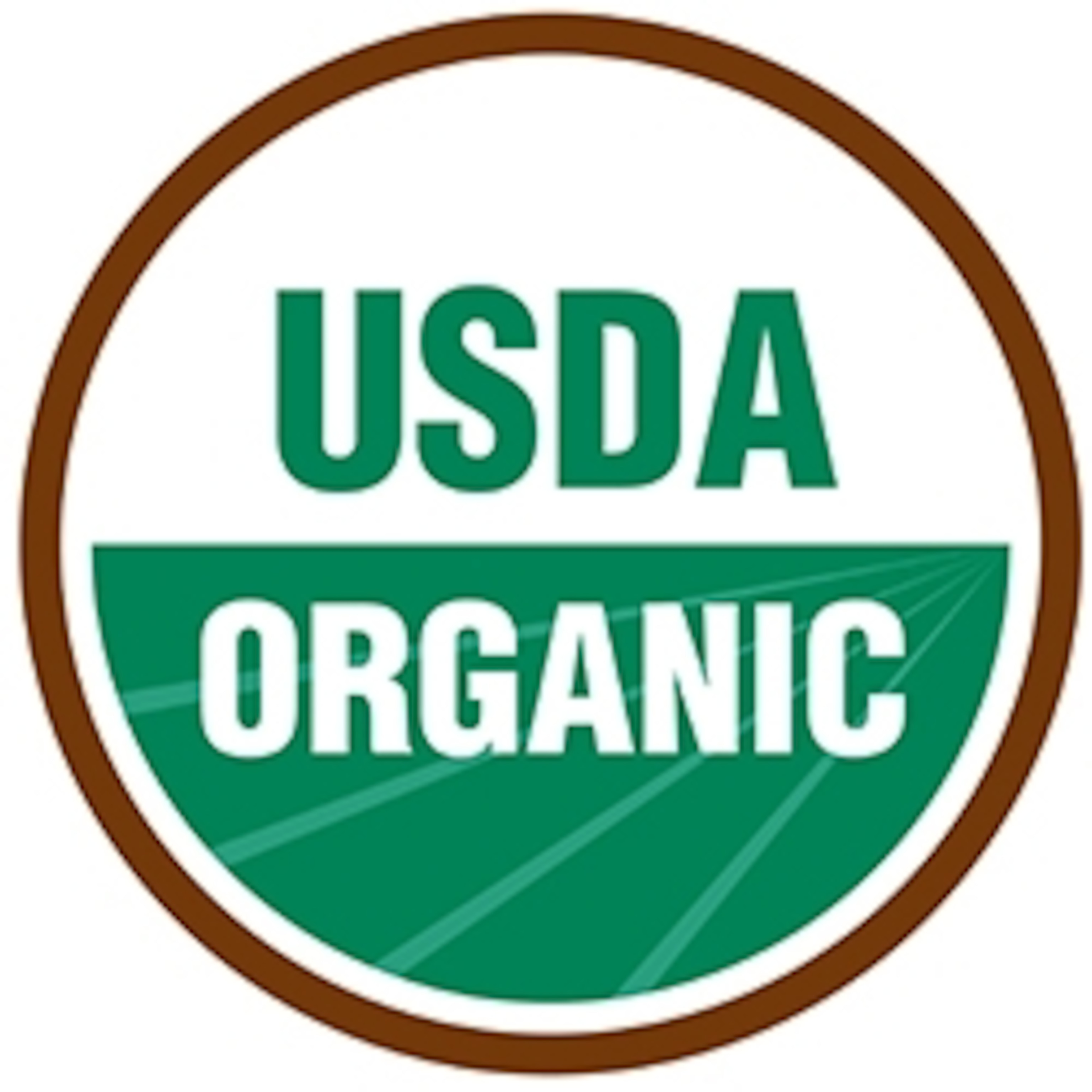
The new rules say that “outdoor access” means there’s no solid roof overhead and that half of the ground surface should be dirt that chickens can scratch and “bathe” in. Those requirements are more in line with the organic standards of the US’s biggest agricultural trading partners, including Canada and the European Union.
“They have much higher standards,” Jones said. “Theirs is more like a true pasture-based approach, but this brings us much closer.”
Of the roughly 12 million organic laying hens in the country, only about six million actually go outside, according to John Brunnquell, president of the Organic Egg Farmers of America, who also heads up Egg Innovations, one of the largest organic egg producers in the US. Brunnquell explained that his birds all have true access to the outdoors. “What we see is that when you let the chickens be chickens, they live a long, healthy lives and lay a lot of eggs,” he says.
But giving the birds access to the outdoors means producers have to find more space and spend more money, so some have pushed against any clarification or change in the current law. “We both carry the organic seal, we both have to sell in the marketplace at the same price,” Brunnquell adds. “But they don’t want to give up that dime. That’s what it amounts to.”
Conventional and organic egg producers who don’t provide outdoor access have said that allowing birds outside invites disease and higher death rates. They also say it will cost millions to retrofit barns to accommodate the new standards, which will drive up prices. (The agriculture department estimates it will cost egg producers between $6,000 and $380,000 a year to comply with the outdoor access standard, depending on the size of the operation.)
The egg industry’s largest trade group, United Egg Producers, has said it supports a range of egg production methods and has underscored that it has its own, internal certification program that roughly 80 percent of egg producers have voluntarily joined.
“In all housing environments and under all production methods, egg farmers are committed to ensuring the health and well-being of their flocks and to fully complying with applicable regulations, including the USDA organic rule,” the organization says in a statement.
But Brunnquell, for one, thinks that’s a cop out. “It’s a way of saying they support confinement,” he says.
Those who have watched the agriculture department’s organic program go from a marginal, underfunded effort to a marketing juggernaut say the controversy over outdoor access has been around since the beginning, but was never addressed.
When Congress passed the Organic Foods Production Act in 1990, that established the National Organic Program and the 15-member National Organic Standards Board. The board meets twice a year to hash out the specifics of the organic standards—whether certain pesticides, additives or feeds are allowed, for example.
But only in recent years, as the organic industry has exploded, has the board tackled issues of density, outdoor access and confinement. It recently clarified what “pasture” meant for dairy cows. The latest proposed standards represent the next step.
“It’s taken them this long to correct the problem,” Jones says.
Now, though, the various industry groups have two months to weigh in on the proposed rules, and many will likely ask for an extension. Already the proposal gives egg companies between three and five years to meet the new standard, which some critics say means the rules may not kick in for another eight years.
In the meantime, those who want to ensure that producers are meeting humane welfare standards, can look for third-party certification labels that promise high standards of care.
“Animal welfare-motivated consumers are going to have to educate themselves,” says Patty Lovera, assistant director of the advocacy group, Food & Water Watch. “They’re going to have to sort out all the claims and figure out what works for them.”
Georgina Gustin is a longtime food policy and farming reporter, and currently an editor at Timeline.com. You can follow her on Twitter.


